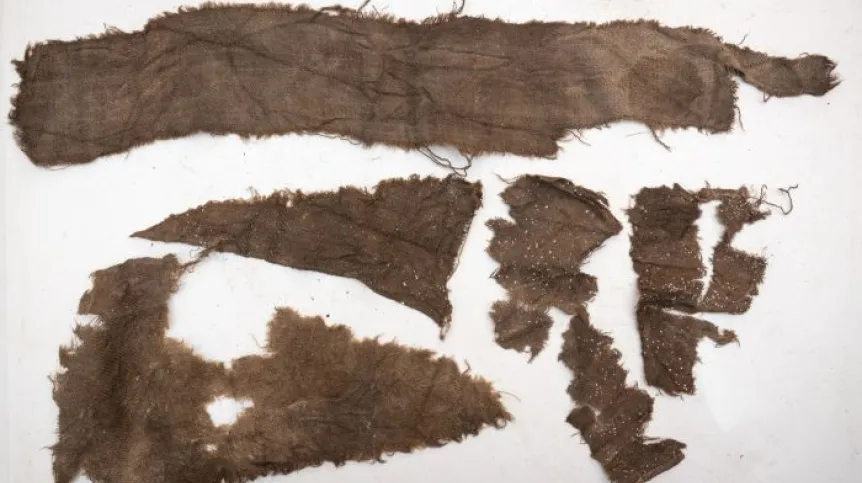
Archaeologists have discovered a unique collection of fabrics and shoes - mainly from the 16th and 17th centuries - during research at the construction site of the Camerimage film centre in Toruń. The finds include well-preserved silk fabrics, fragments of pleated dresses and a cloth of gold with a floral ornament.
Researchers working at Chełmińskie Przedmieście found entire shoes of the eastern and western style, as well as spur straps, shoes with side cutouts and trimmings from clothing necklines. According to textile expert, archaeologist and conservator of monuments, Professor Małgorzata Grupa, there is no other similarly large collection of found fabrics and footwear from this period in Europe. The condition of the artefacts is very good, and the scale of the find shows how important Toruń was as a Hanseatic center, where influences from the East and West mixed.
Archaeologist Mariusz Ciszak, whose team conducted research in this area, said that the discovered monuments 'prove and show that the city of Toruń was one of the most important Hanseatic cities.’
'Toruń had extensive contacts throughout Europe. Various types of antler products, metal products, ceramics, fabrics and leather confirm the high-class production of Toruń craftsmen and extensive trade contacts. This city connected the East with the West, it was the centre of the economic and political life of the Polish-Lithuanian Commonwealth at that time,’ Ciszak told PAP. życia gospodarczego i politycznego ówczesnej Rzeczypospolitej" - powiedział PAP Ciszak.
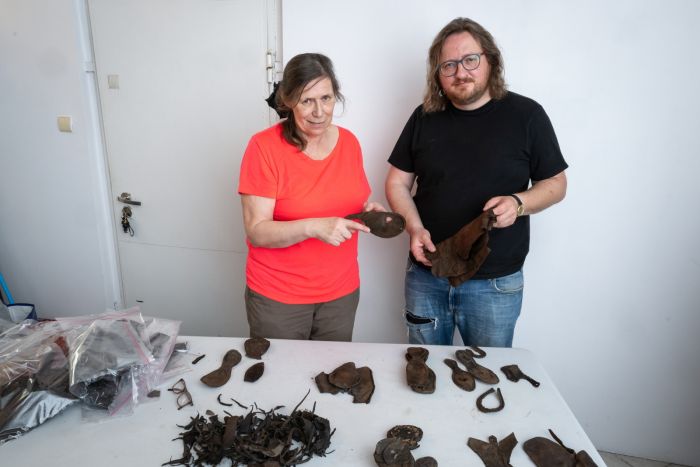
According to Professor Małgorzata Grupa, research on the discovered objects and their conservation are at an early stage.
'These artefacts are found all over Europe - in Amsterdam, London, Gdańsk, Elbląg, Wrocław, Lübeck, Riga and other places, but in Toruń the accumulation of certain categories of objects is actually the largest,' she said.
She added that woolen stockings found in Europe are usually found as single items, and during research for the ECFC film studio, 11 of them were found - 3/4 of them preserved.
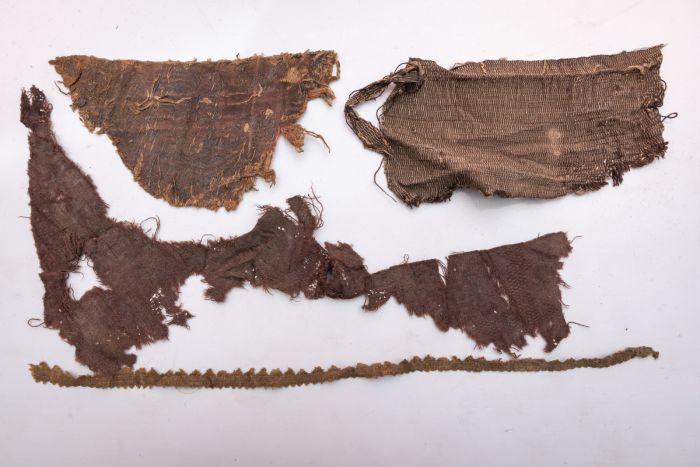
'In the cities we discover primarily the late Middle Ages. And here in the suburbs we have an amazing record of 16th and 17th centuries and this is information that is rare when we study cities. Such materials usually come from moats, and in this case it is a layer of mulch, so we can perfectly describe it all, date it, and outline the area of the preserved site. Unfortunately, after a very thorough analysis, it turned out that the current research covered the edge of a 17th century property, and the entire object was moved towards the current CSW and the former Institute of History, and now the Marshal's Office, said Professor Grupa.
The researcher added that at this site there was tangible evidence of 'the construction of Toruń fortifications, as well as their use and destruction.’
'We are really at a very early stage of research. I hope that we will soon be able to provide further information from our analyses via PAP,’ she said.
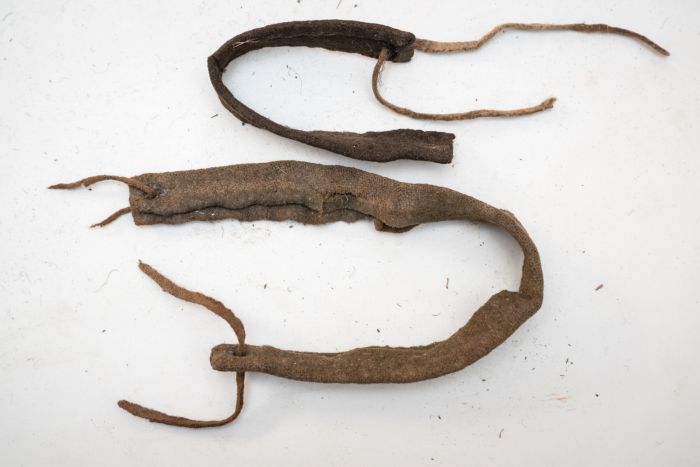
Professor Grupa said that in Chełmińskie Przedmieście, in a dig for a film studio, researchers found modern footwear for both Western and Polish garments.
'We have a meeting of the West and the East here in clothing, as well as in everything that was made at that time. Fabrics and leather are great proof of this. The quality of workmanship proves that it was not worn by people working in the suburbs, but made for people from higher social classes. This is evidenced by the straps on the high regalia shoes, which were used to attach spurs. Such shoes belonged to officers,' she said.
The finds also confirm the existence of the system: people - life - city defence. Already at this stage, it can be concluded that there was a shoemaker's workshop in this area, as well as - perhaps - a repairer's workshop.
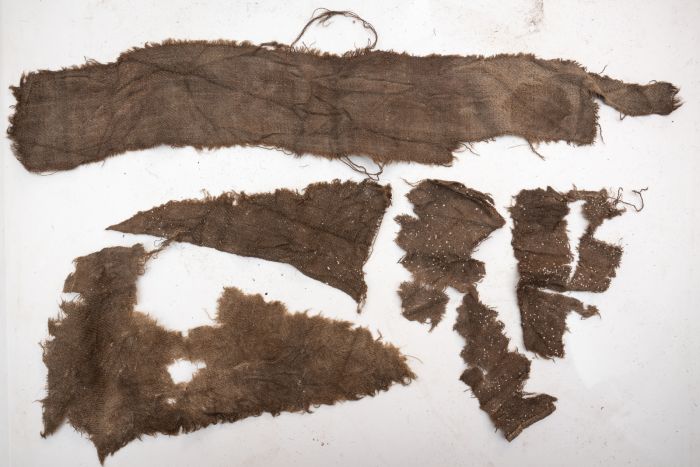
'I hope that research will perhaps show us whether we can separate the functions of the shoemaker's workshop and the repairer's workshop. Or maybe they functioned together,’ Professor Grupa said.
Silk fabrics in Toruń were previously found only in the crypts of the churches of the Assumption of the Blessed Virgin Mary, Saint Johns and St. James, but the latter contained only small fragments. In Jordanki, where the ECFC building is being built, large pieces of clothing were found, including cloth of gold, which was among the most expensive fabrics imported to Poland from Turkey or Persia.
'The quality of woollen fabrics is very different, for example, from the quality of fabrics from the suburbs of Gdańsk. The quality is very high. If I didn't know that these were suburbs, I would never have said that this was where these fabrics came from, and I would have bet on properties of very wealthy townspeople,’ Grupa said.
The discovered shoes were made for both the poor and the rich. They all have signs of wear, just like fabrics. According to Professor Grupa, the analysis of all these elements will make it possible to talk more broadly about how Toruń's inhabitants dressed in the 16th and 17th centuries.
The archaeologist from the Nicolaus Copernicus University was most impressed by the 'lovely woollen glove'. Previously, the professor had encountered gloves from the graves of bishops who wore liturgical gloves.
'The glove found here was perfectly made of woollen yarn, but it was lined with silk. We can only wonder whether the glove belonged to an officer or one of the patricians. It certainly did not belong to a poor person,’ said Professor Grupa.
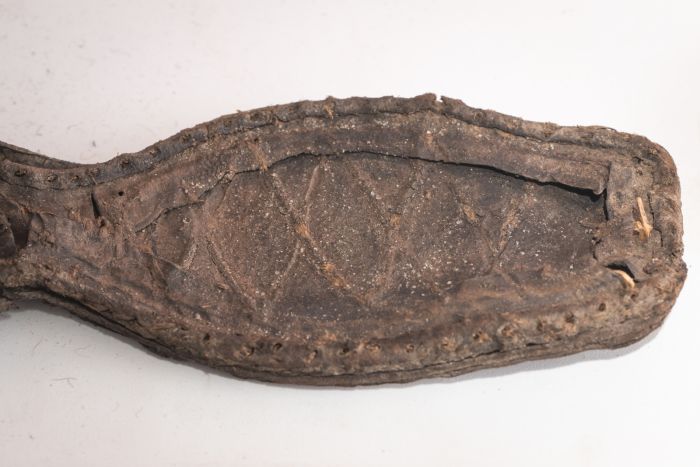
The cloth of gold with a floral ornament was made of silk thread with a metal braid made of gilded silver ribbon. The finds also include a fragment of a woollen bag, which could have been used to transport dried fish or snuff. Traces of use on fabrics are mainly single-sided felting. The researchers also found fragments of pleated dresses, felt that could have been used to construct artificial attachments for Renaissance hairstyles, technical and utility felt, all kinds of fabric scraps and many types of shoes with heels made of many layers of cowhide. People were shorter back then, so they wanted to slim down their figure a bit. Heels, both in low and high shoes, were first used by men for Western-style clothing, and much later became an indispensable attribute of women's footwear. The collection of modern fabrics and shoes from a single site can be considered one of the most impressive in Europe.
According to Ciszak, the knowledge gained thanks to this research 'will circulate, go out into the world, it will be dominant, it will stimulate the scientific community to discuss the development of cities and the essence of their functioning in medieval and modern Europe'. To acquire and organise this knowledge, a multidisciplinary team of scientists has been assembled. They are will try to answer a number of questions about the living conditions of Toruń's inhabitants in the period under study. Very little has been written about Chełmińskie Przedmieście so far, which is why this research can be a great contribution to the study of the city's history.
PAP - Science in Poland, Tomasz Więcławski
twi/ jann/ mhr/ kap/
tr. RL













